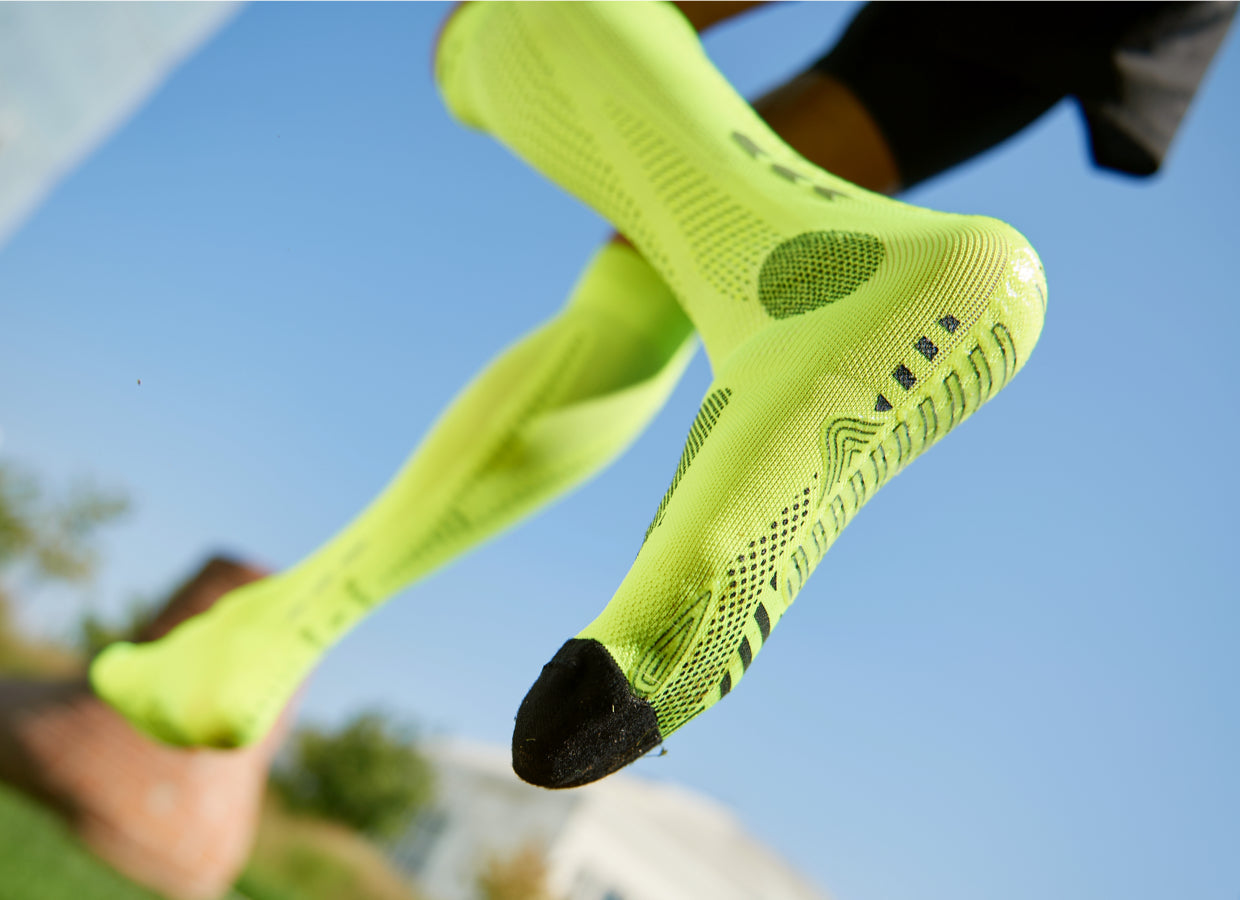Epicondylitis, or tennis elbow, is when the tendons that connect the forearm muscles to the outside of the elbow (lateral epicondyle) become inflamed. It is a degenerative disease that, if not treated properly, worsens over time. Continued and excessive use of the elbow is the main cause, and the age group most affected is between 30 and 50 years old.
Epicondylitis not only affects tennis players, but has been nicknamed "tennis elbow" because tennis is a sport that puts pressure on the elbow joint and the musculoskeletal structures affected by the disorder. There are other activities, not sports, that can cause the onset of this condition (such as working for prolonged times at a computer).
Causes and symptoms of tennis elbow
In the case of continued overuse of the elbow, inflammation can occur in the muscles and tendons that insert into the lateral epicondyle and are responsible for extending the wrist or fingers of the hand.
In the beginning, the pain affects only the tendons and increases with activities that require involvement of the muscles of the affected limb. With prolonged overuse, the pain manifestation may radiate down the forearm and persist even at rest, leading to progressive reduction in hand, wrist, and elbow function.
Symptoms develop gradually. In most cases, the pain starts with mild intensity and slowly worsens over weeks and months; the course may present as acute or chronic.
In some cases, it can also become limiting in performing daily activities because it impedes arm movement. The most common symptoms are:
- localized pain in the elbow joint area or radiating down the forearm to the wrist;
- Pain as a result of using the wrist or hand;
- Weakening of the wrist and forearm.
The health of the elbow can be analyzed with an X-ray, which may show calcifications in the tissues at the insertion of the short radial extensor muscle of the carpus. An MRI can help confirm the diagnosis.
How to treat tennis elbow
Epicondylitis is generally a condition that tends to improve spontaneously, but there are steps that can be followed to facilitate the disappearance of symptoms.
- Anti-inflammatory medications. Taking a pain reliever or anti-inflammatory for tennis elbow can help manage pain and reduce inflammation; acetaminophen and ibuprofen can be used either as topical preparations or by oral intake.
- Rest. Do not overwork the elbow, but do not leave it immobile either. In many cases, wearing an elastic sheath over the forearm at night is enough to decrease symptoms.
- Physiotherapy. Application of manual techniques (massage and manipulation), exercises or treatments, can help reduce the healing time of the disorder.
- Surgical intervention. Only when, despite treatment, symptoms persist and become disabling; generally, the maximum treatment time allowed, before proceeding with surgery, is 6 months.
Tennis elbow: exercises for treatment and prevention
Some attention to avoiding excessive strain and repetitive movements can help avoid the onset of the disorder. In addition, one can do stretching exercises, exercises to strengthen the wrist extensor muscles, stretching exercises to make the elbow extend, make the hand close, and make the wrist flex with a slight ulnar deviation. If you are not in the acute phase, you can work by doing contractions (for example, through the use of a foam ball to hold).
Epicondylitis: exercises to avoid
If one wants to continue training in the gym, one should not perform exercises concerning the entire upper limb, such as weights and lifts. Therefore, any machinery that can strain the elbow, wrist and hand joints should be avoided.
FLOKY sleeve to support forearm and elbow muscles
In addition to specific and preventive exercises, a good remedy to reduce pain or soreness due to tennis elbow is to use garments designed to treat such disorders and that work in synergy with body movements. In this regard, FLOKY has developed NO-STRAIN, a biomechanical sleeve designed for the reduction of vibrations that lead to inflammatory issues and injuries, particularly suitable for sports such as tennis, although suitable for those who habitually play sports that involve mechanical arm movements.
The FLOKY sleeve protects and supports the elbow, forearm, and all tendon and muscle parts of the athlete, thanks to the stabilization generated by the compression of the fabric combined with biomechanical applications; they provide immediate relief from vibrational stresses resulting in reduced inflammatory disorders and injuries.




